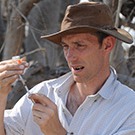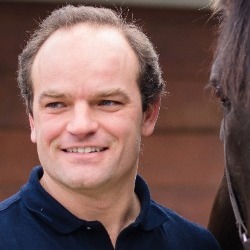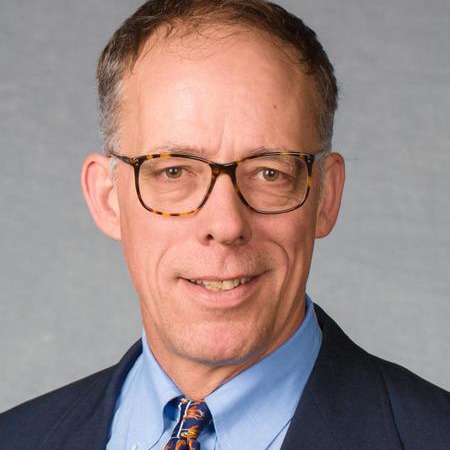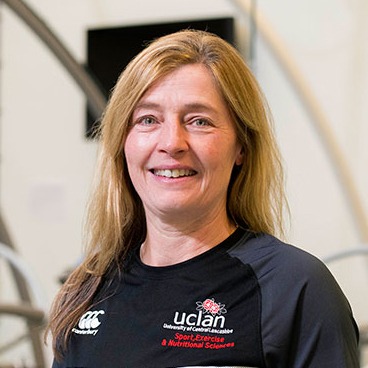Equine Track/Arena Surfaces - Effects on Performance, Injuries & Injury Prevention
Species
Equine
Contact Hours
3 Hours
Early Booking Deadline
Thu, 01 January, 1970
Registration Deadline
Thu, 01 January, 1970
Language
English
Discipline
Orthopaedics
Rehabilitation & Physiotherapy / Physical Therapy
Sports Medicine
Industry Partners
Global

Veterinary Partners
Global
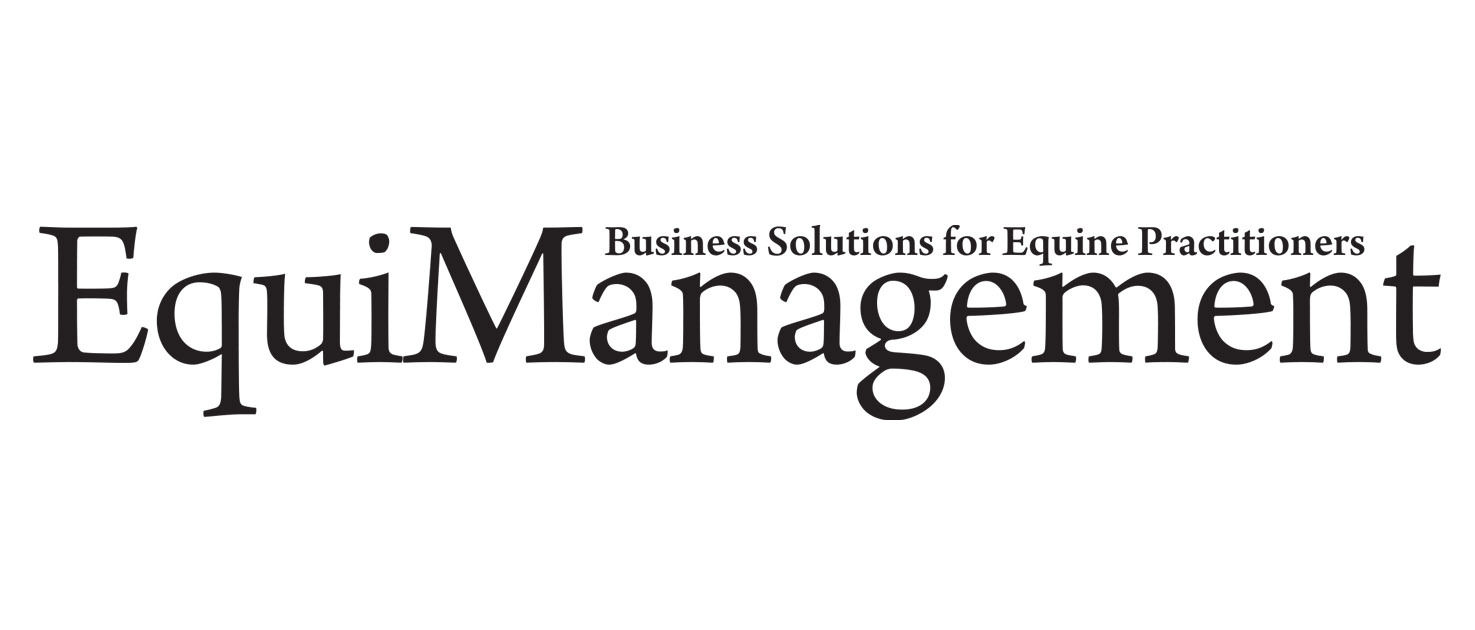
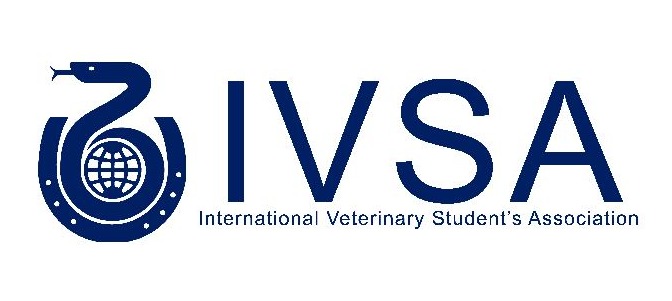
Recorded on: 17th May 2022
Panelists:
Alan Wilson BSc, BVMS, PhD, MRCVS, FRS - RVC, UK
Mick Peterson PhD — University of Kentucky, USA
Sarah Jane Hobbs BEng(Hons), PhD - University of Central Lancashire, UK
Moderator:
Luis Lamas DVM, CertES(Orth), PhD, DECVS, MRCVS – University of Lisbon, Portugal
CONTENT DESCRIPTION
The ground where horses tread influences performance and can cause chronic problems and injuries. Whether you are a sport horse veterinarian trying to prevent and treat musculoskeletal conditions; want to assemble training and exercise programs that maximise performance and minimise the risk of injuries; or perhaps you are looking for the perfect surface for racehorses under your care; or you are planning to build another arena?
Join us for this interactive and lively exchange with three of the world’s top experts on equine track and arena surfaces and learn all there is on this fascinating topic. The experts will highlight what is currently considered ‘state of the art’ and where research findings meet or clash with on-the-ground realities that horse owners, vets and other professionals in the equestrian sector are regularly confronted with.
Alan graduated from Glasgow University in 1987 having studied Veterinary Medicine and an intercalated BSc in Physiology. He subsequently undertook a PhD in the Anatomy Department at Bristol University where he studied the mechanical basis of tendon injury. He went on to work as a Post-Doctoral Research Associate and then as a lecturer.
Alan moved to the Royal Veterinary College in 1996 where he now holds the post of Professor of Locomotor Biomechanics.
He is a Director of the Company of Biologists, a not-for-profit publishing organisation dedicated to supporting and inspiring the biological community.
He was elected a Fellow of the Royal Society of London in 2020.
Graduated in 2002 from the Faculty of Veterinary Medicine (FMV-UTL). He completed his internship and residency in equine surgery at the University of Cambridge. He then obtained the Certificate in Orthopedic Surgery from the Royal College of Veterinary Surgeons (RVCS) and is a European specialist in equine surgery (DipECVS). He holds a PhD in Biomechanics from the Royal Veterinary College and is a regular speaker and organizer of international orthopaedic and equine surgery courses.
Since 2015 he has been a Lecturer at the Faculty of Veterinary Medicine of the University of Lisbon where he runs the Equine Surgery and Emergency Service.
Michael “Mick” Peterson, Ph.D. is the Director of the Racetrack Safety Program and Professor of Biosystems and Agricultural Engineering at the University of Kentucky. He also serves as the Executive Director of the Racing Surfaces Testing Laboratory. Dr. Peterson’s research links traditional understanding of engineering mechanics and materials to the biomechanics of animals. His research emphasis is on the manner in which dynamic response can be used to characterize materials. He has worked on a range of equine and animal biomechanics topics including: the impact of exercise on bone density, the development of biomechanical models, durability of cetacean epidermis, the measurement of inertial properties of the equine forelimb, biomechanics of whale interaction with fishing gear, cetacean acoustic response, marine hydroacoustics and the kinematics of equine gait on treadmills and tracks.
Dr. Peterson greatest passion is for increasing our understanding and the consistency of racing and equestrian sport surfaces. Originating in ultrasonic imaging work more than 20 years ago this research has gradually grown to encompass a wide range of data collection and testing work. This data is the basis for applying concepts from manufacturing quality control to improved racing surface consistency for the protection of horses and riders. He has published more than 85 journal articles, 3 book chapters, more than 150 conference proceedings and has received 6 patents.
Sarah is a research lead for the university in sport and exercise. With particular expertise in equine biomechanics, she has developed local and international equine research collaborations over decades. Her research has led to the development of standard methods for testing equine surfaces and raised awareness in factors that influence horse and rider welfare and performance. She supervises doctoral students and teaches sports biomechanics at postgraduate and undergraduate levels.
Since 2016, Sarah has had the responsibility of leading Unit of Assessment 24: Sport, Exercise Leisure and Tourism. In this role, Sarah works with staff within the unit of assessment to coordinate, assess and improve the quality of outputs and impact case studies and develop the unit’s environment statement. Having an overview of the staff and research within the unit of assessment provided an opportunity to bring together Professors, Readers and staff conducting research in applied sport, physical activity and performance under one roof. Sarah has worked with these staff to develop an approach that will continue to strengthen research and impact within this area going forwards. Sarah also leads Research and Consultancy in Equine Surfaces (RACES) for the university, as well as other strong international research collaborations in equine biomechanics, and an impact case study in equine health, welfare and performance.
The impact case study includes her work as first author on the ‘Equine Surfaces White Paper’ published by the Fédération Equestre Internationale (FEI) in 2014. Sarah has supervised sports biomechanics, equine biomechanics, and farriery research students since 2007. Her teaching on applied sports biomechanics continues to be part of her role for the university. Sarah began her teaching role at the University of Central Lancashire in 2000, having just graduated from a BEng(Hons) Mechanical Engineering degree (first class honours). She taught on a range of sports biomechanics, mechanics and materials modules for sports science and technology students. She continued to study, gaining teaching and supervisory qualifications, and in 2007, she gained a PhD in equine biomechanics. Her work involved developing instrumentation to measure internal hoof strain and three dimensional motion capture techniques to track motion of horse's forelimbs. Over two decades her teaching role and responsibilities changed from module delivery, module leadership and course leadership to research focussed. She presented her PhD work at the International Conference on Equine Locomotion, Michigan, USA, in 2004, and this led to an invitation to present at the Havemeyer Symposium in Costa Rica in 2006, and subsequently a long-standing collaboration with Professor Hilary Clayton, which continues today. By 2012, Sarah was involved in research related to testing equine arena surfaces and she and a team from Myerscough College assisted in the development of a surface for London 2012. Since then, she has worked with the FEI and an international team of researchers to develop standard methods of testing surfaces. She was promoted to reader in 2014 in recognition of her research work.
Veterinary Student
Online Panel Discussion
USD 35.00
Qualified Vet
Online Panel Discussion
USD 85.00
Intern/Resident (Requires proof of status)
Online Panel Discussion
USD 65.00
Vet Nurse/Vet Tech (Requires proof of status)
Online Panel Discussion
USD 65.00
Non-veterinary Attendee
Online Panel Discussion
USD 85.00
If the options you are looking for are unavailable, please contact us.
No tax will be added unless you are a UK taxpayer
Choose currency at checkout



